A painting with a very balanced and rich composition due to the presence of different elements: the city, the human presence, the vegetation, the sea, the sky, a window open to a vanishing point...
Oil on canvas signed and dated 1926 lower left
Dimensions: 65 x 54 cm
With frame: 90 x 79 cm
Provenance: former Thierry Le Luron collection
Ms. Anne Marie Di Vieto confirmed that the work is indeed listed in her archives.
Survage appears to be a true transmitter of modernity. “He’s blocking a corner for us” (Juan Gris)
A work from the “Collioure years”
Between 1925 and 1932, Léopold Survage made several stays in Collioure, a Mediterranean port where Matisse and Derain, a few years earlier, had produced some of the masterpieces of Fauvism. He then moved away from the cubism and abstraction of his beginnings. The light and architecture so characteristic of the city determine his paintings.
In Collioure, Survage revisits the myth of the Mediterranean woman who is in turn a carrier, a fish seller, dreaming at the window... works through which Survage brings tragedy and ancient allegories to the surface.
(“Survage exhibition catalogue: the Collioure years, 1925-1932: exhibition, Collioure, Museum of Modern Art, from June 16 to September 30, 2012”)
The discovery of Collioure in the 1920s is also characterized by a new range of warmer colors with ochres and browns. The graphics are simplified.
Léopold Survage “unclassifiable artist” is a major artist of the 20th century.
Throughout his life, Léopold Survage remained an unclassifiable artist, between cubism and surrealism, between figuration and abstraction. He negates the pure cubism of the still lifes of Braque and Picasso and introduces architecture, landscape and always a character linked to his environment.
the characters are schematized and, most often, located in an urban environment. In his colorful canvases, he abolishes the rules of traditional perspective.
The painter was able to create a completely personal language to deliver his poetic vision of the universe, through metaphors and decipherable symbols…
Biography
Born in Moscow to a Finnish father and a Danish mother, naturalized French in 1927, Léopold Survage is a painter of multiple origins.
The Russian years
His father, Léopold Édouard Stürzwage, is a citizen of Villmanstrand (Finland). Léopold Survage was baptized in the Protestant religion. In 1886 he lost his mother and the following year he entered the Saint-Pierre and Saint-Paul school. Upon leaving high school, he joined his father's piano factory from 1897 to 1900. Fascinated at a very young age by drawing and painting, in 1899 he entered the Moscow School of Fine Arts with Constantin Korovine and Leonid Pasternak. , and visit Shchukin’s private collection: Manet, Gauguin, the Impressionists, Matisse, etc…
In Moscow he participated in various exhibitions including the so-called “Stéphanos” in 1907-1908 at the house of the Stroganov school and the “Jack of Diamonds” in 1910-1911. In the meantime, his ruined father liquidates his affairs. They left for Paris in July 1908.
The Paris school
Arriving in Paris, he worked as a piano tuner at Pleyel. Then he found Archipenko whom he saw in Moscow and took courses at the Académie Matisse and the Académie Colarossi. First exhibitions from 1911 and, in 1914, the principles of “colorful rhythm” by which an analogy is found between the colored visual form and music, are established.
Introduced by Guillaume Apollinaire into the circle of Baroness Hélène d'Oettingen, with whom he maintains a romantic relationship.
He met André Salmon, Picasso, Gino Severini, Robert and Sonia Delaunay, etc. His autograph signature appears on one of the sheets signed by the guests of the memorable banquet given on December 31, 1916 in honor of Apollinaire at the Ancien Palais d'Orléans on Avenue du Maine.
At the Salon des Independents of 1914 he showed colorful rhythms, which he wanted to achieve in cinema, anticipating research into abstract cinema.
In 1915 Survage left for Saint-Jean Cap Ferrat with Baroness d'Oettingen and remained on the Côte d'Azur until the end of the war. There he met his future wife, Germaine Meyer. In a letter to Léopold Zborowski dated December 31, 1918, Modigliani wrote: "I'm doing the bomb with Survage au Coq d'Or... The champagne is flowing freely." Apollinaire organized Survage's first exhibition at the Bongard gallery in 1917, bringing together thirty-two of his paintings. In 1920 Survage filed the statutes of the “Section d’Or” of which he was founder with Albert Gleizes and Archipenko, Braque.
This association is responsible for organizing exhibitions in France and abroad. In 1921, he participated in the exhibition
Bibliographie
• Survage : les années Collioure, 1925-1932 : exposition, Collioure, Musée d'art moderne, du 16 juin au 30 septembre 2012
• Daniel Abadie, Survage d'un seul trait. Préface à l'exposition Survage à la Galerie Saint-Germain en 1974.
• Serge Fauchereau, Quelques remarques. Préface à l'exposition Survage en 1990.
• Léopold Survage, Divertissements. Cahiers de l'Abbaye Sainte-Croix, Les Sables-d'Olonne, 1975.
• Écrits sur la peinture, suivi de Survage au regard de la critique, L'Archipel éditeur, Par is, 1992.
• Jeanine Warnod, Survage, André De Rache éditeur, Bruxelles, 1983.
• Daniel Abadie, Survage, les années héroïques, Anthese, 1993.
• Daniel Abadie, Survage : les années Collioure, 1925-1932, Somogy, Paris, 2012.
Musées
En France
• Paris, Musée national d'art moderne de la ville de Paris
• Céret, musée d'Art moderne de Céret
• Lyon, musée des Beaux-Arts de Lyon
• Béziers, musée des beaux-arts de Béziers.
• Alès, Musée-bibliothèque Pierre-André-Benoit
• Nevers, Musée municipal
A l'étranger
• San Francisco, museum of Modern Art
• New York, museum of Modern Art
• Genève, Musée du Petit Palais
• Prague, galerie nationale de Prague
• Liège , palais des congrès



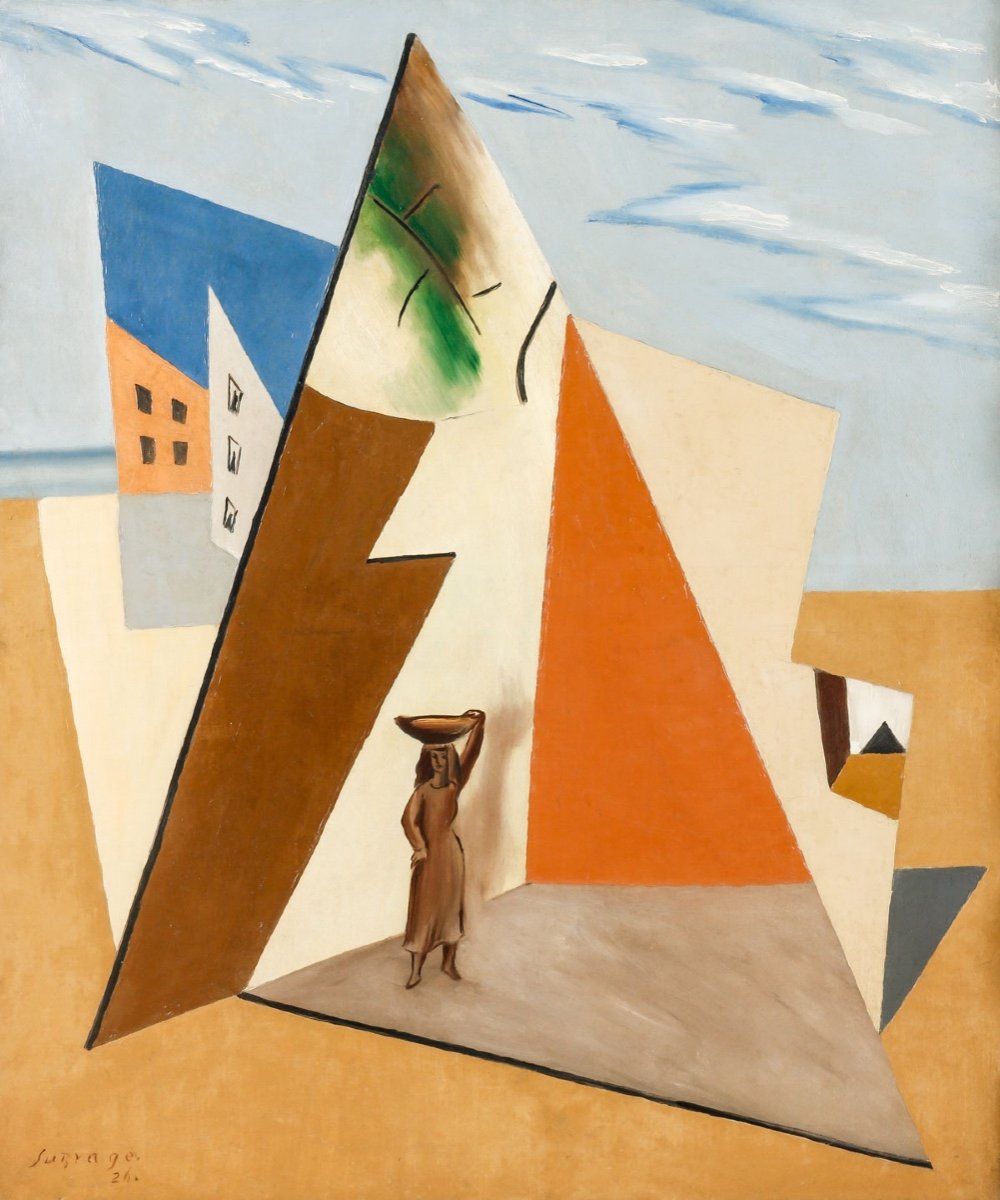
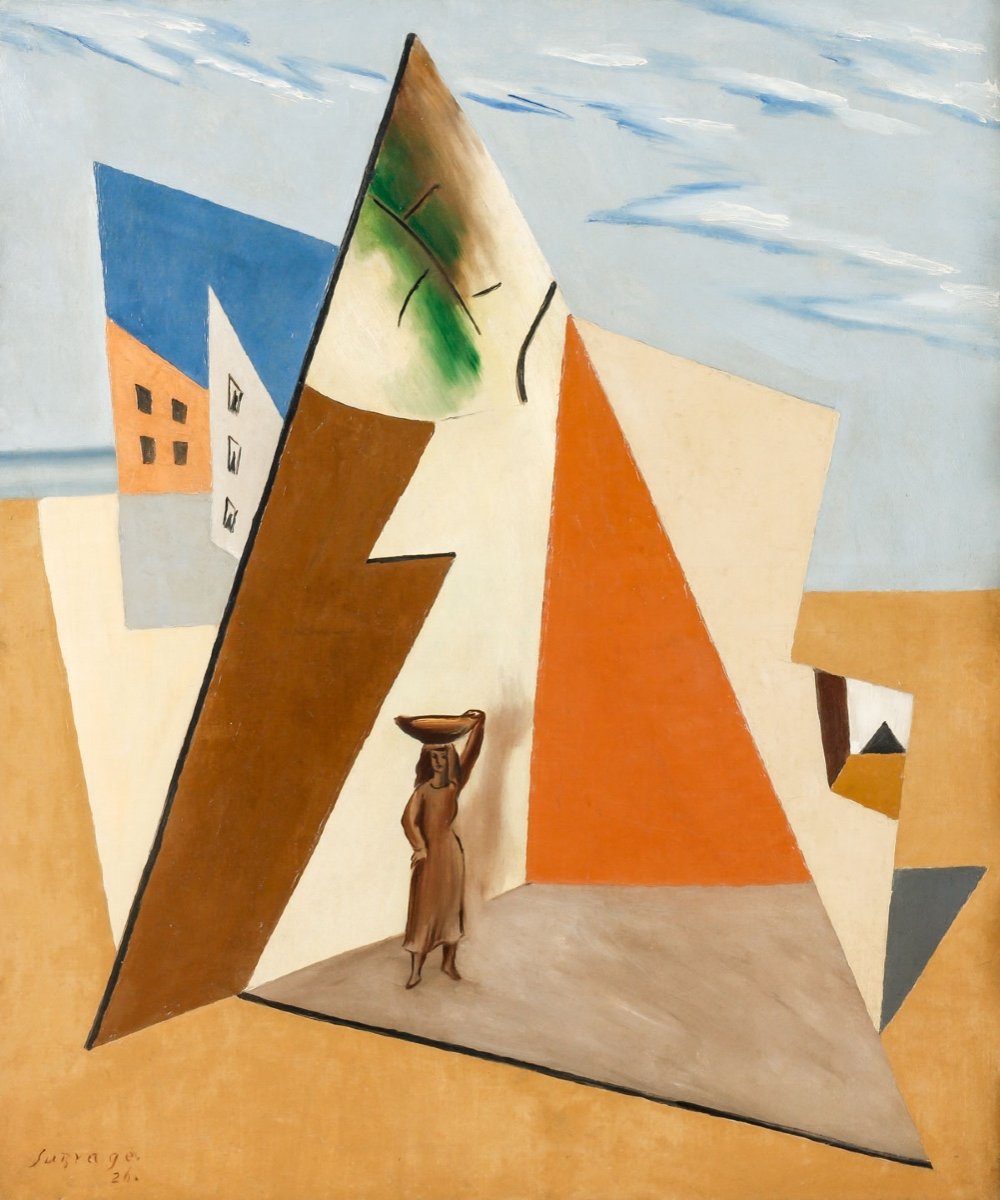
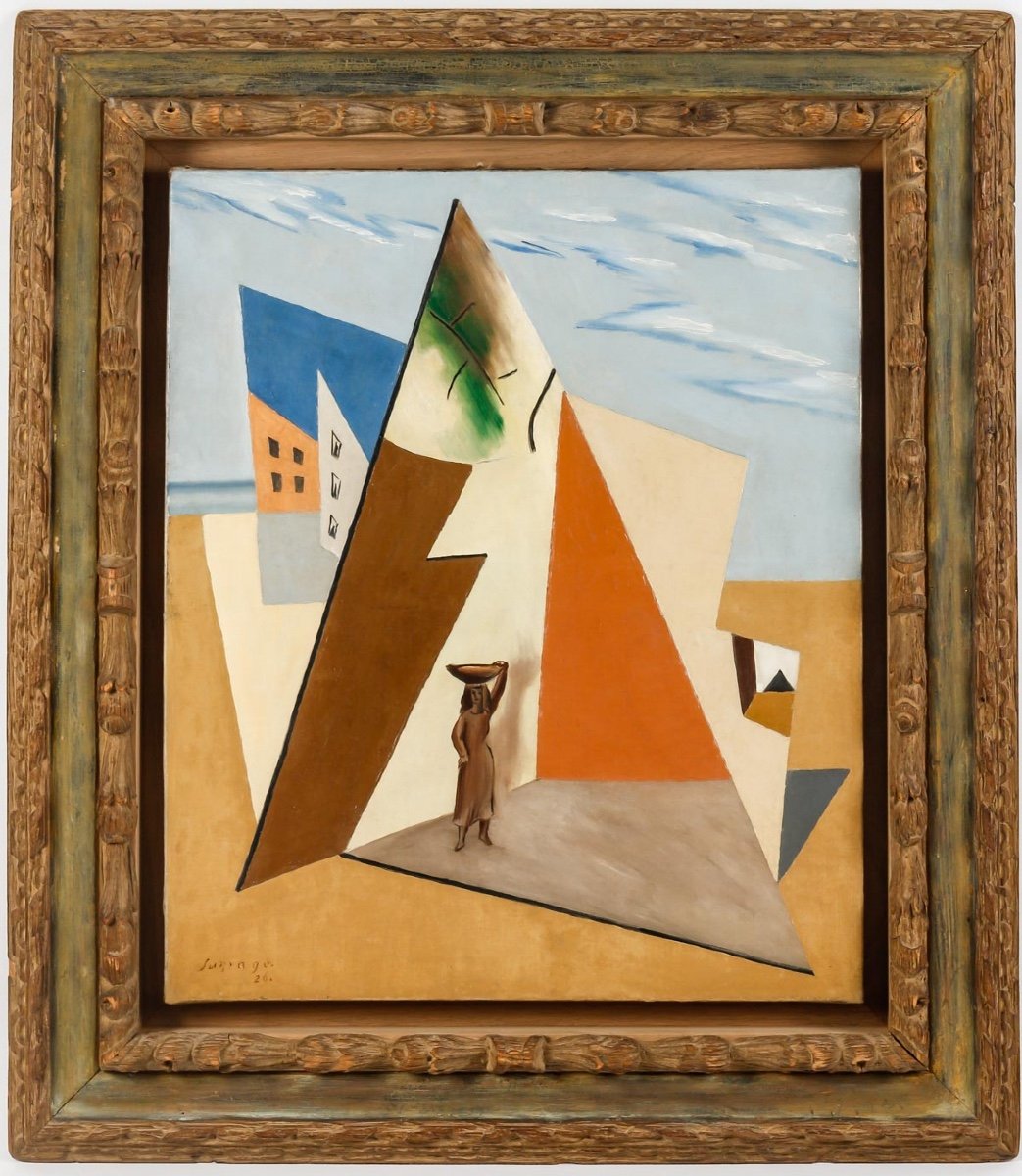


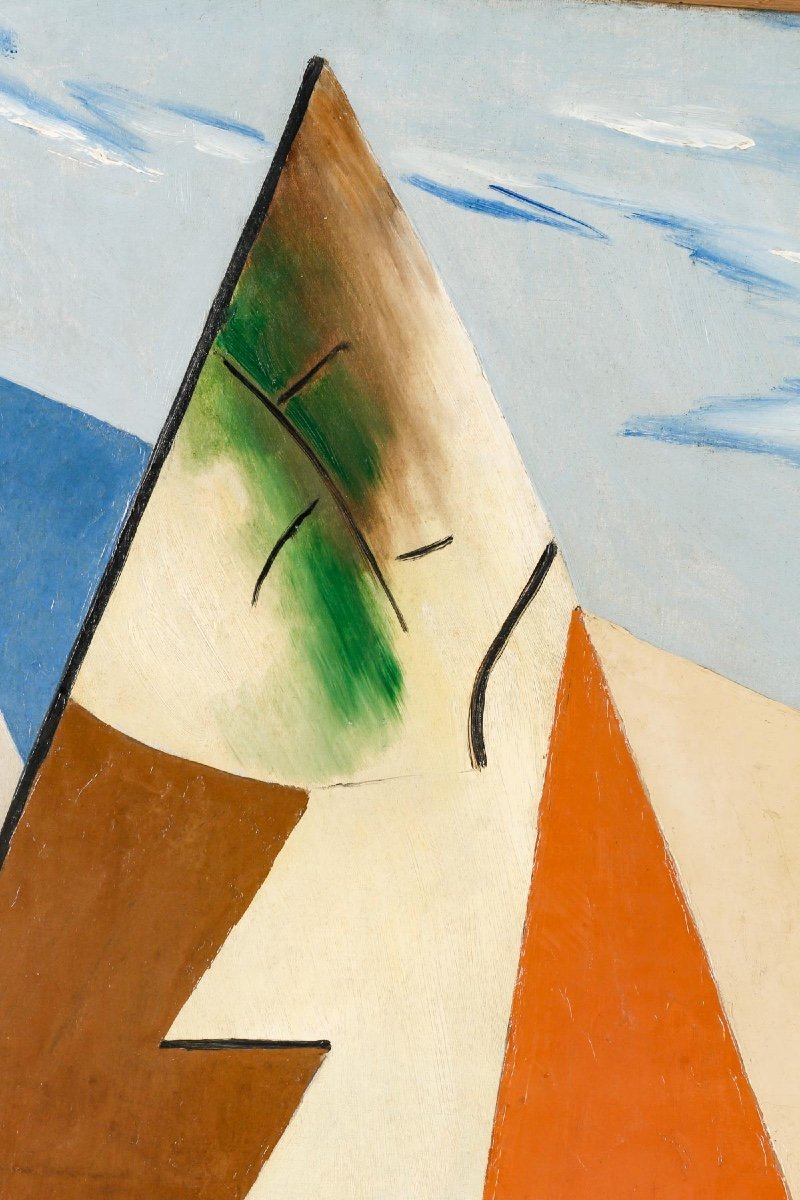
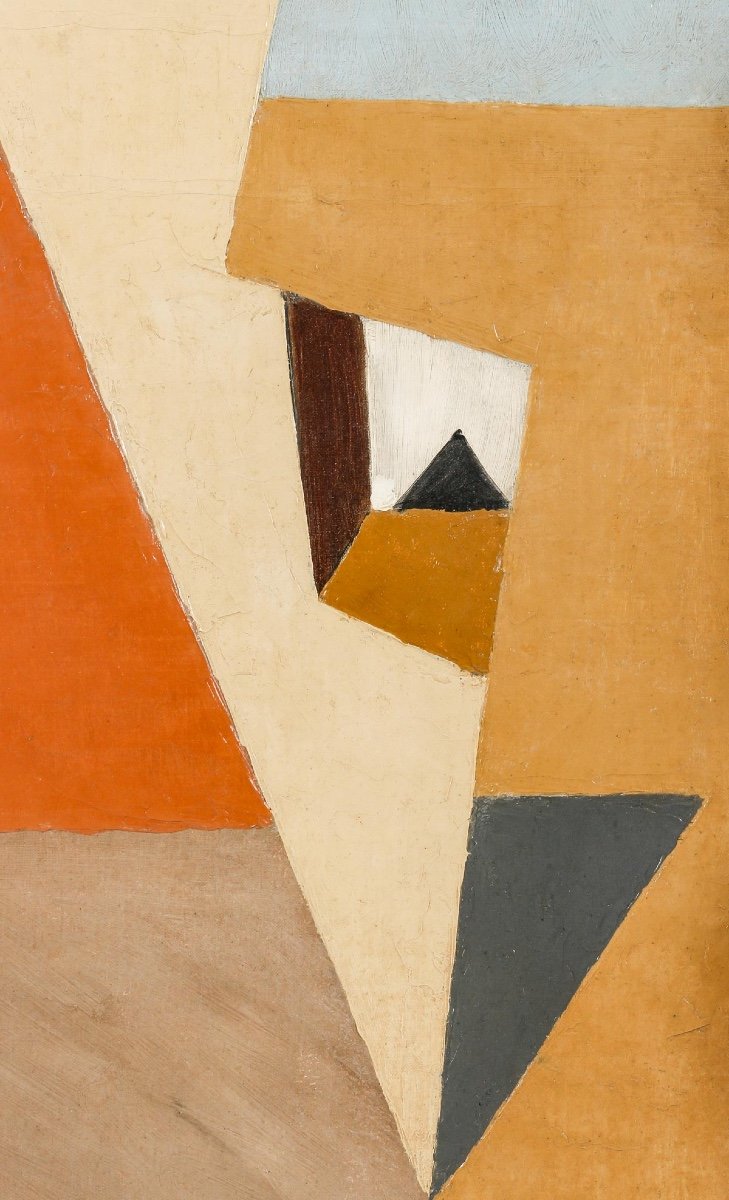
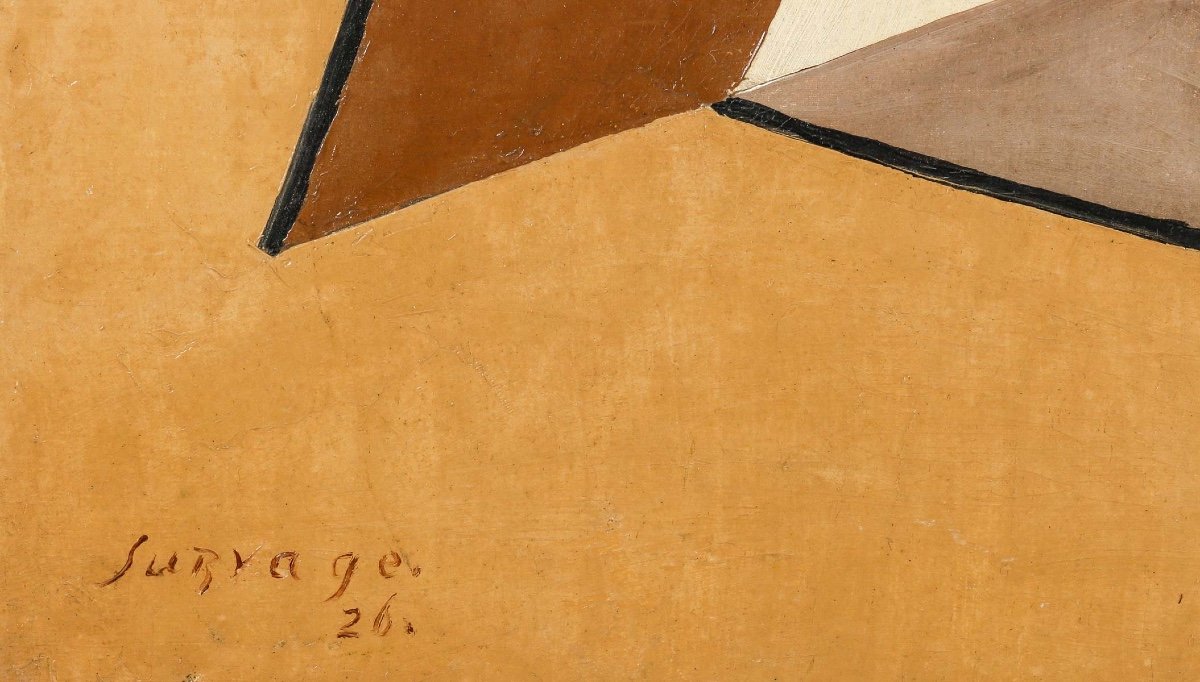
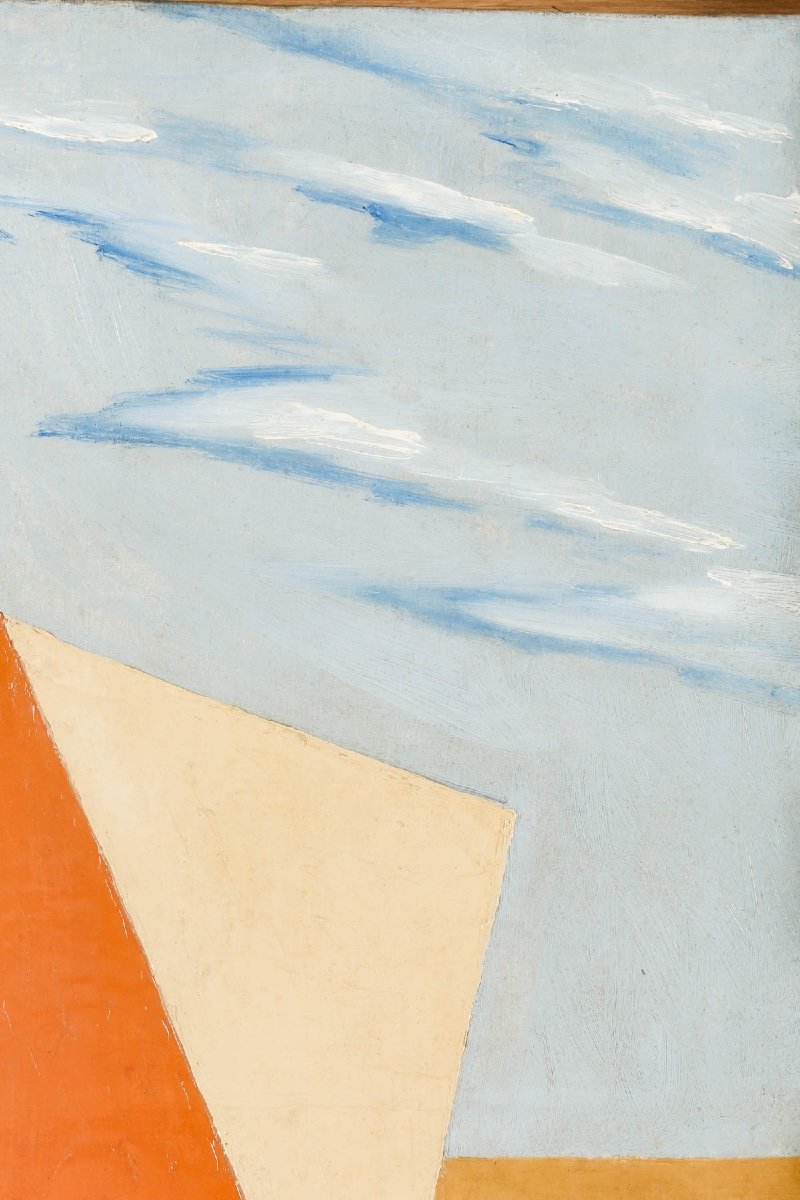
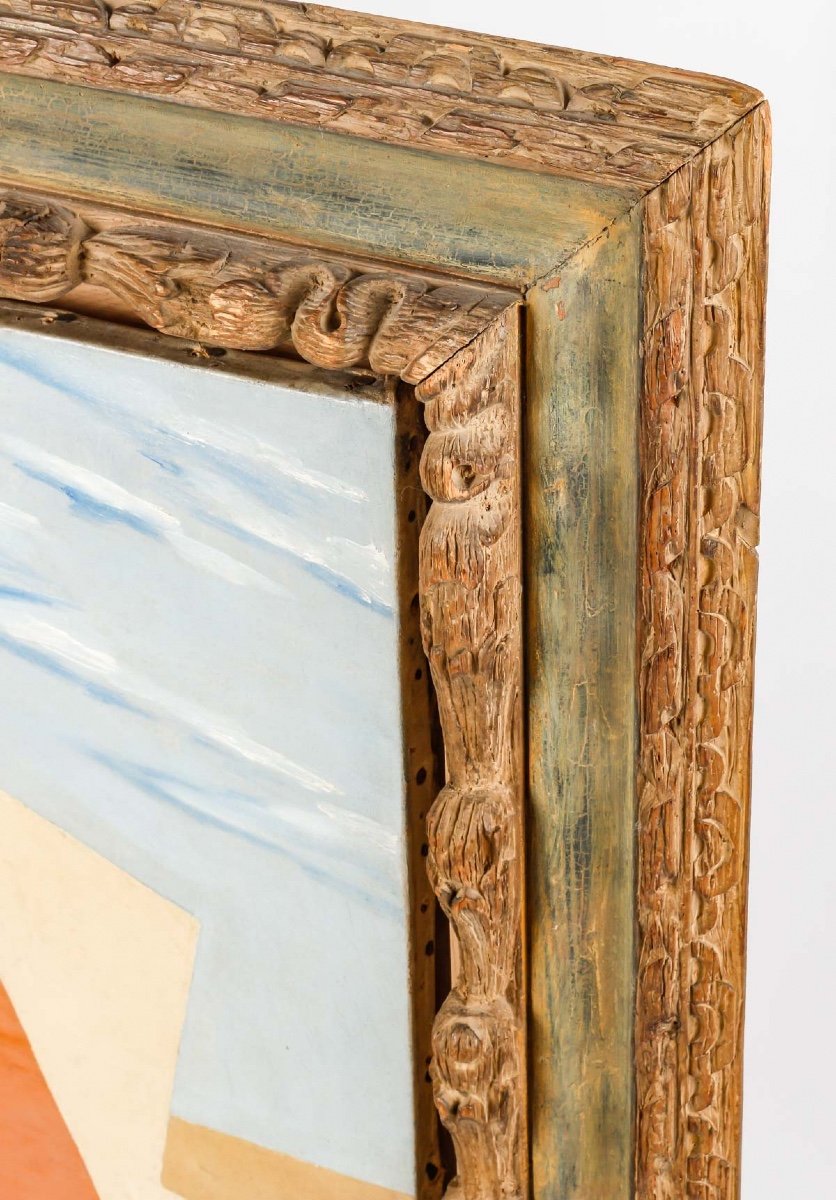
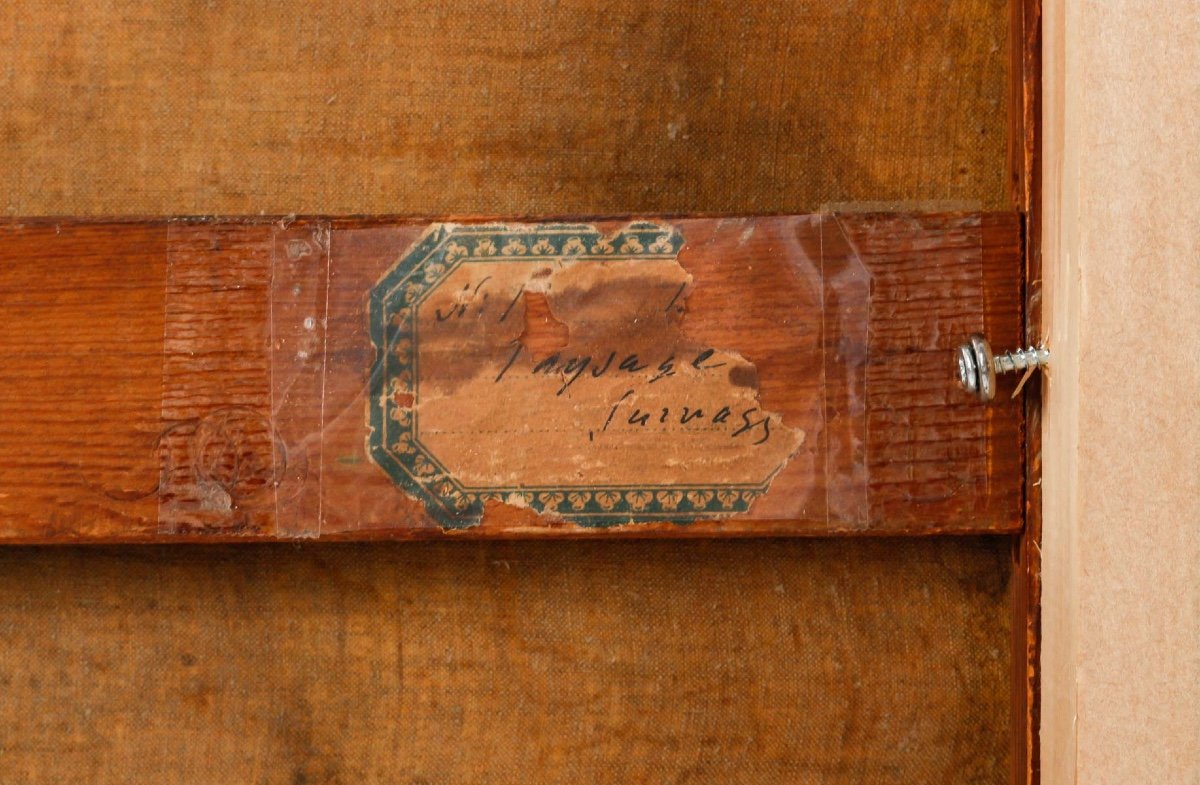
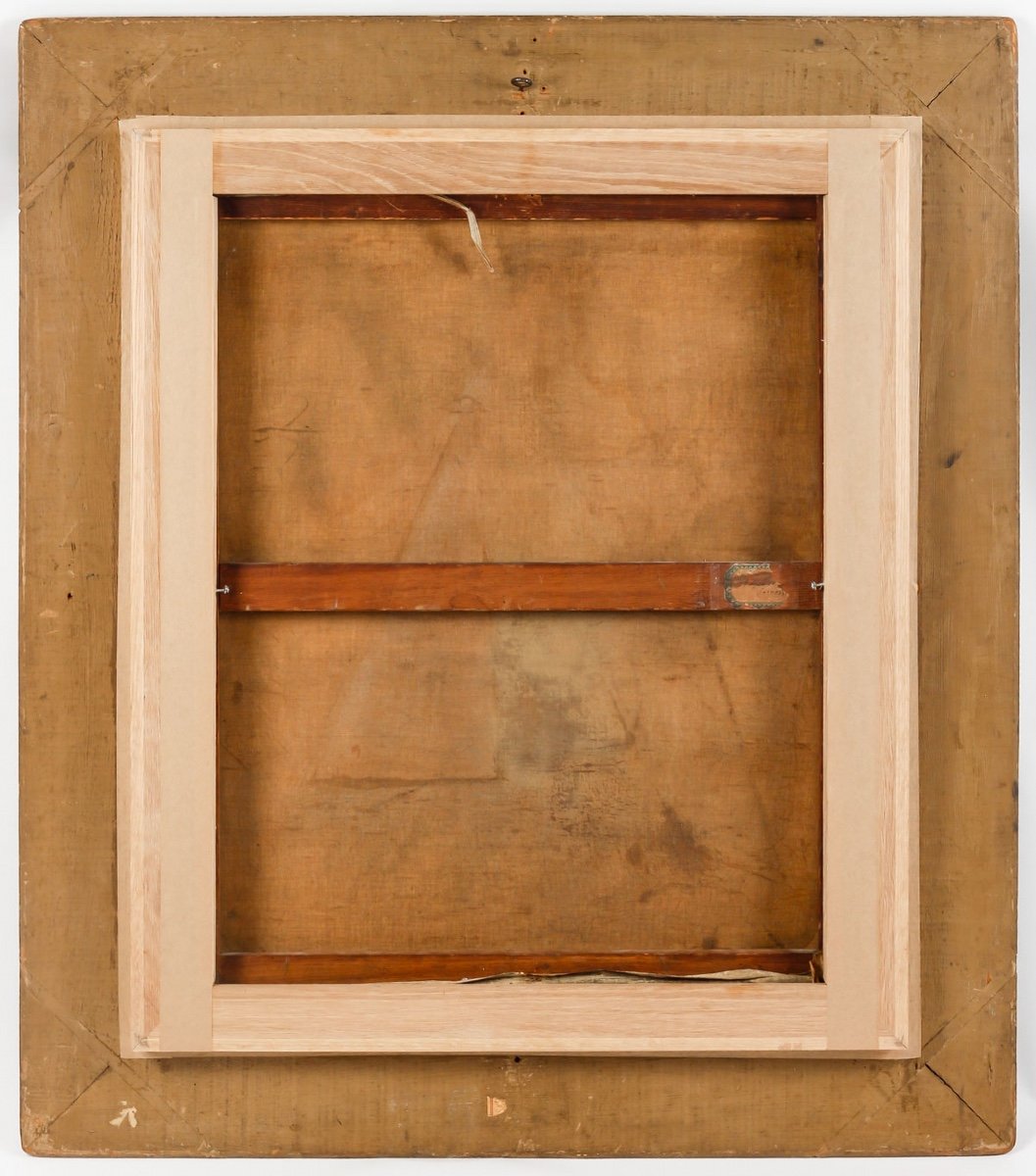
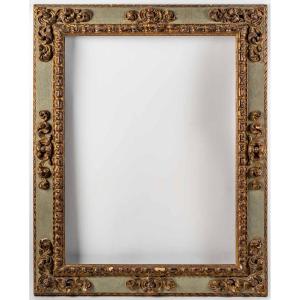
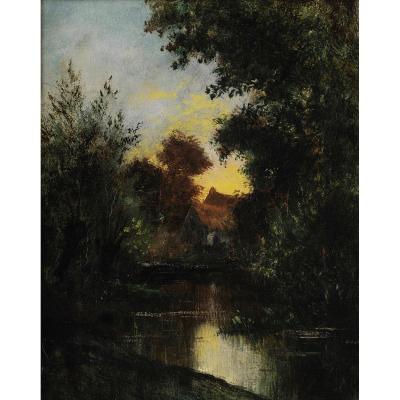


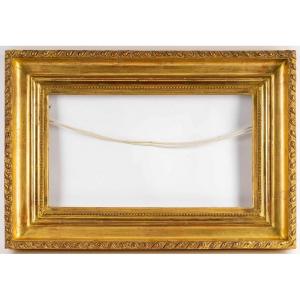




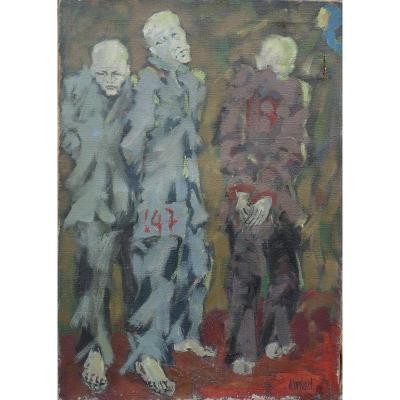





 Le Magazine de PROANTIC
Le Magazine de PROANTIC TRÉSORS Magazine
TRÉSORS Magazine Rivista Artiquariato
Rivista Artiquariato
